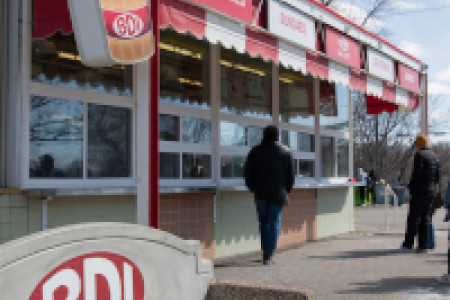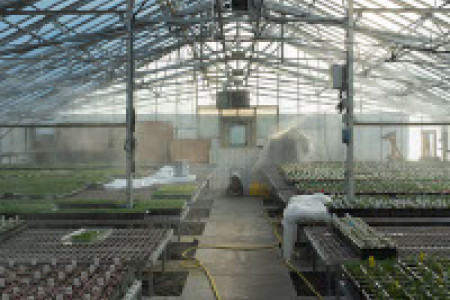The end of farmers’ market season
How to eat locally and sustainably during the winter months
The availability of fresh, local produce during the summer months is one of Winnipeg’s greatest assets. Local farmers provide Winnipeggers with a variety of tasty and ethically conscious food. A cultural awareness about these systems is also gaining traction. But what happens at the end of October when squash season comes to a close and local markets shut their doors?
Local producers suggest a few different techniques, most of which they use themselves, to stay full outside of growing season.
“You have to eat like your great-grandparents did,” Percy Philips, the owner and operator of Prairie Quinoa, says.
Percy Philips of Prairie Quinoa // Supplied-(1)_700_658_90.jpg)
He says the most manageable way to leave a minimal carbon footprint is to plan ahead.
“Stock a basement full of squash and root vegetables and local grains and pulses (that) will easily last over the winter,” he says, explaining that while these are the last of the local produce to be sold at the market, they are also the longest lasting when stored correctly.
Vikki Derksen, co-proprietor of Forever Prairie Preserves, suggests pickling and jarring local produce while it is available and then diving into those stores over the colder months. She says the handful of local markets, such as the St. Norbert Farmers’ Market, that stay open throughout the winter continue to sell local preserves.
The St. Norbert Market is a mainstay for many local producers during the slower, colder months. It is a covered market in which vendors can sell their wares (quite often crafts and other non-edible goodies), and it provides a space to find local food throughout the less-plentiful prairie winter.
It is open every Saturday from 10 a.m. to 2 p.m. until Dec. 21 and then reopens in the new year every other Saturday until early May. Many local farmers, whose products are salable in winter, use this as their main connection to the city from November to March.
So what can shoppers do to eat local during the winter?
“Eat more meat,” Chad Wiens of Heart Acres Farm suggests in what may seem like an odd piece of advice for those looking to reduce their carbon footprints.
He explains there are a handful of local meat producers, such as Hutlet Family Farm, Zinn Farms and Fresh Roots Farms, that are working on a method of “regenerative growing,” which is a method of farming animals that aims to dramatically reduce carbon output.
Wiens says the pasturing of animals farmed this way produces enough greenery to absorb more CO2 than the animals emit, a process that serves to bring a new perspective on meat consumption in the coming years.
The folks at Harvest Moon also provide winter services through their Food Initiative. Their website profiles each of their “farm families,” the types of food that they raise and information for ordering and delivery.
Despite the inevitable malaise of Winnipeg winter, there is still a world of ways to continue to eat delicious and ethically conscious local food.
Published in Volume 74, Number 6 of The Uniter (October 10, 2019)






